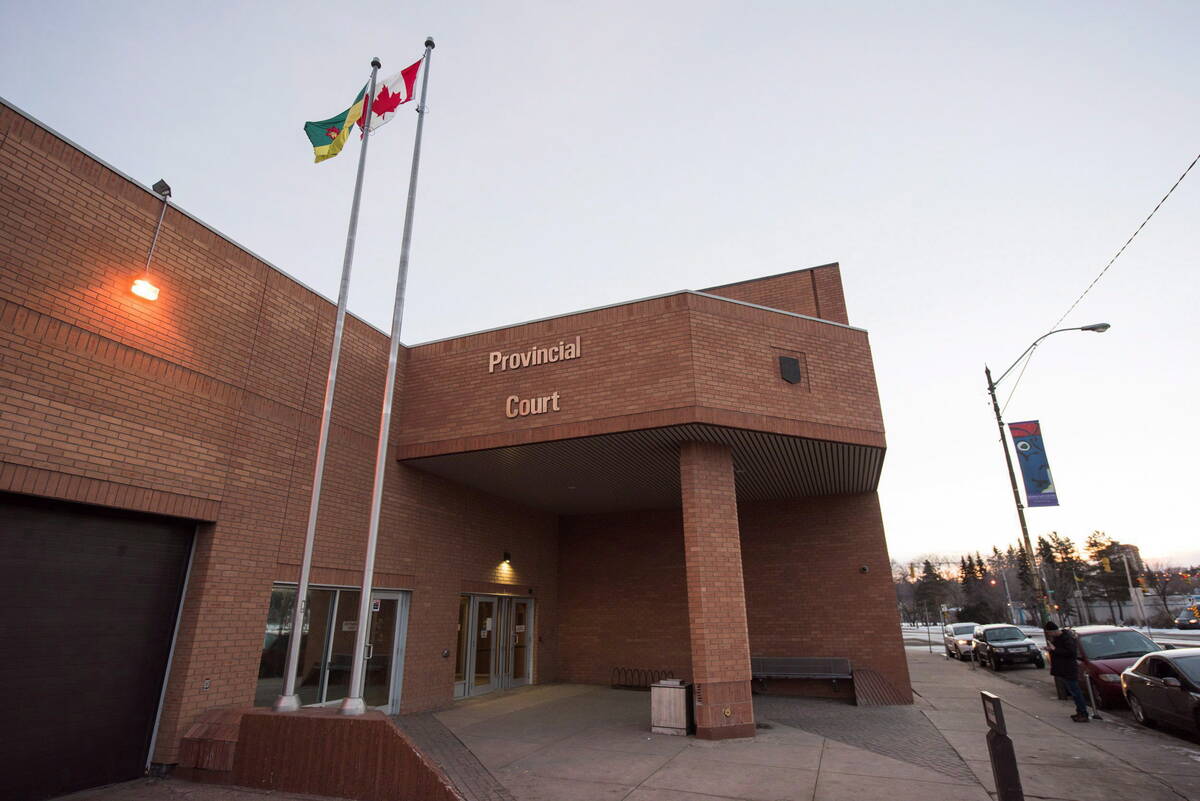Q: My father obtained his title from the Canadian National Railway and I have now acquired the land. CN reserved petroleum and coal rights to itself. Some 40 years ago there was oil exploration in our area but only gas was found. I and others in our area signed contracts with an oil company for the eventual development of the gas.
Your Sept. 16 column dealt with the Anderson vs. Amoco case, a Supreme Court of Canada decision that ruled on the division of gas rights where the petroleum rights were owned by a different owner than the surface rights. You stated that the court ruled that evolved gas, which is liquid that becomes gas when it comes to the surface, belongs to the petroleum owner. How does that decision apply to my situation? What are my rights versus those of the oil company?
Read Also

Understand limitation periods if considering civil suit
A limitation period refers to the amount of time a plaintiff has to commence a formal claim in court or lose their ability to pursue it.
A: In 1953, England’s Privy Council, which at the time was the court of last resort for Canadian cases, ruled in Borys vs. CPR that a reservation of petroleum rights only, did not include the natural gas. Simply put, the Canadian Pacific Railway, which kept petroleum and coal rights to itself when it sold land, did not own the natural gas. Natural gas is not petroleum, the court said.
In the Anderson case, the issue was the ownership of gas that is in liquid form underground due to the extreme pressure but becomes gas as it is brought to the surface. The court in that case ruled that rights of parties are determined before petroleum and gas are brought to the surface. Thus the petroleum owner owns all liquid under the surface even if they become gas when brought to the surface. The court noted that modern estimating techniques made it possible to determine the division between gas and petroleum while the substances were still underground.
The Anderson case does not apply in your situation because there is only gas under your land. You own the gas. The Anderson case only applies if there is both oil and gas under your land and the petroleum rights are owned by a different person than the surface rights. The Anderson case also does not apply where all mineral rights including oil and gas are owned by the same individual or company.
Ownership of the gas is not an absolute right to the gas; rather it gives you the right to drill and capture the gas. Because the gas pool may be located under several parcels of land, if drilling occurs on a neighbouring parcel, the gas may well flow in that direction. Is there a provision in your contract under which you can call on the company to start drilling in the event there is drilling in neighbouring fields?
All contracts are subject to various provincial laws dealing with oil and gas drilling and conservation. Such legislation requires licensing of wells, sets out spacing and placement of wells, defines the number of wells that can be drilled into a pool and can require that different owners of oil and gas interests have a pooling arrangement to ensure maximum efficiency and conservation of resources.
For example, Saskatchewan’s Oil and Gas Conservation Act provides that one of its purposes is to “allow each owner the opportunity of obtaining that owner’s share of the oil or gas from a pool” but this does not require the minister to ensure “that each owner receives the owner’s precise share of the oil or gas from any pool.” There is similar legislation in other provinces.
Don Purich is a former practising lawyer who is now involved in publishing, teaching and writing about legal issues. His columns are intended as general advice only. Individuals are encouraged to seek other opinions and/or personal counsel when dealing with legal matters.
















